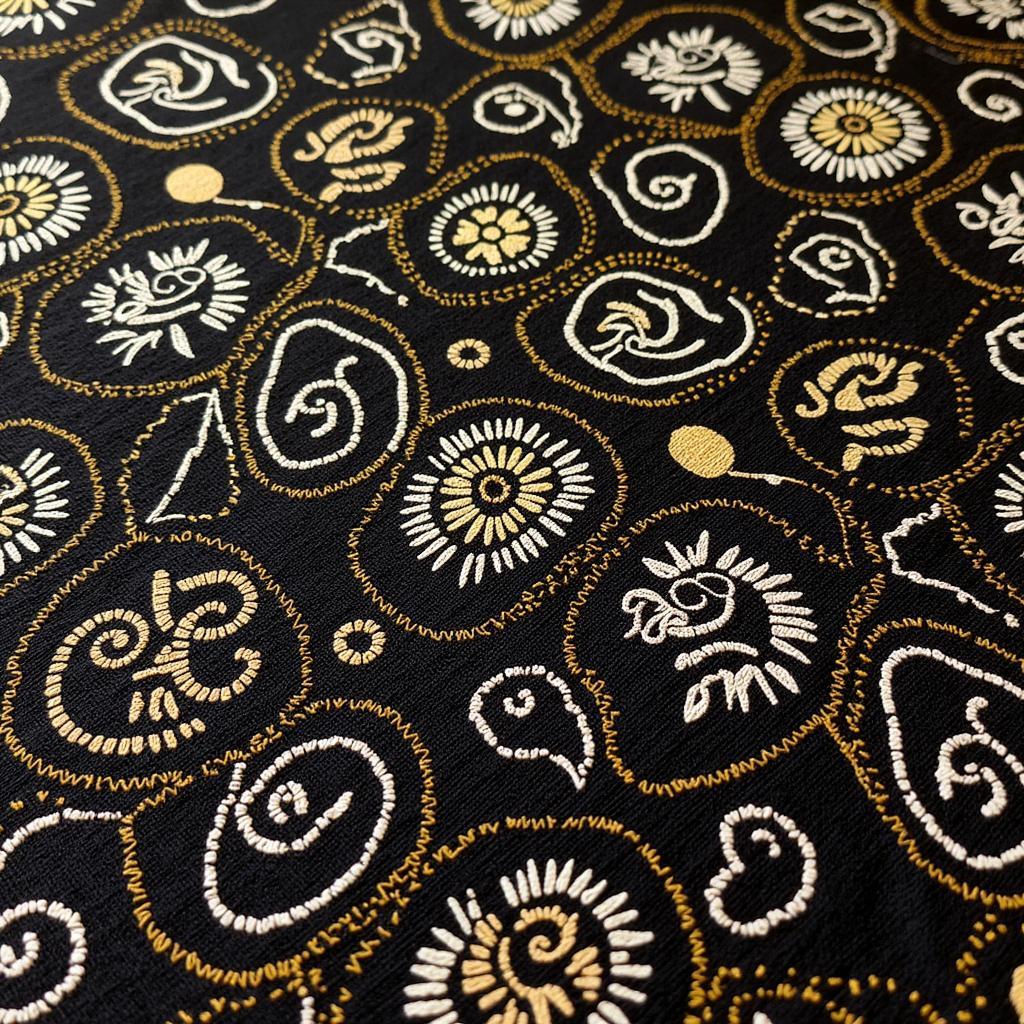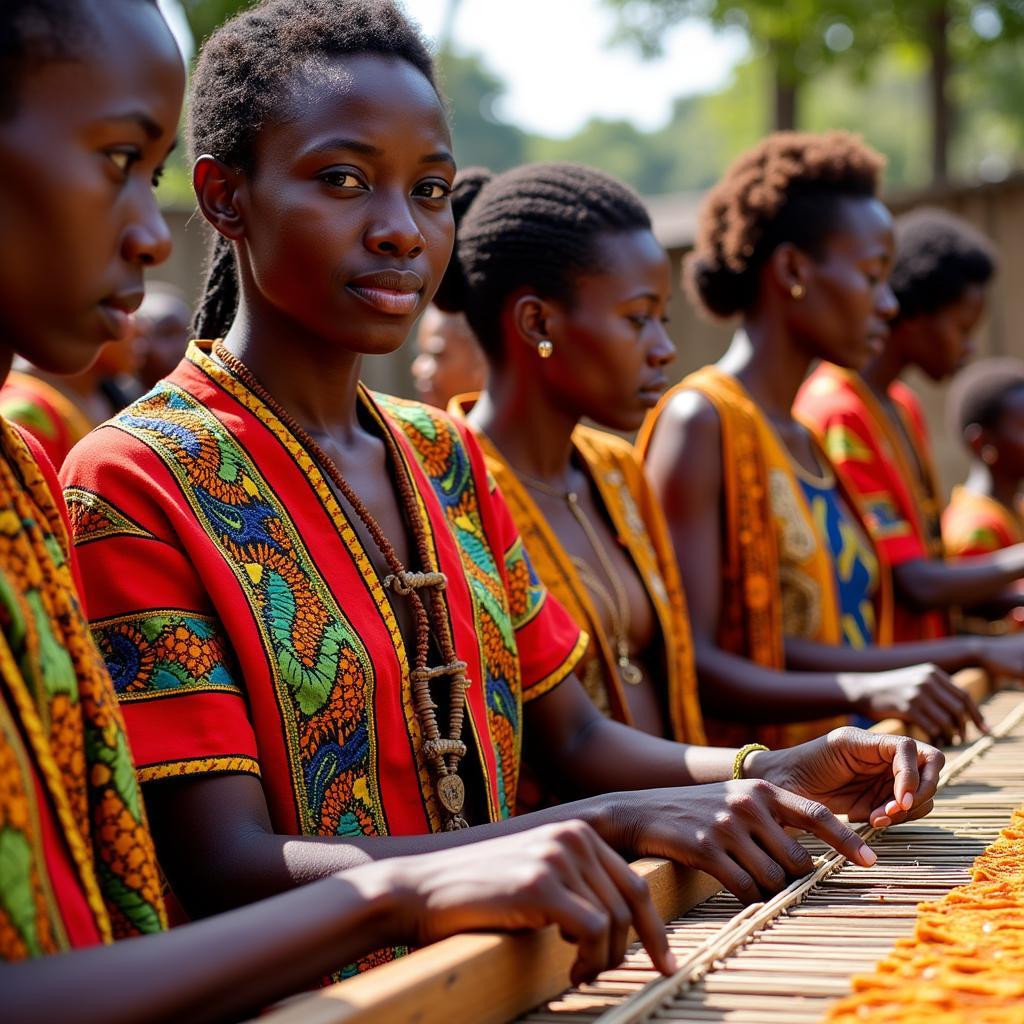African Cobra Tree: The Man-Eating Tree Hindi Details
The African Cobra Tree, also known as the “Yateveo” or “Tree of Death”, is a legendary plant that has been the subject of numerous tales and folklore in Africa. While the existence of a man-eating tree has not been scientifically proven, the legend persists and has captured the imaginations of people worldwide. In this article, we’ll delve into the origins, details, and the captivating mythology surrounding this enigmatic tree, exploring the unique aspects of its story.
The African Cobra Tree Legend: A History of Fear and Fascination
The legend of the African Cobra Tree originates from the dense rainforests of Central Africa, where the tree is said to possess a deadly trap for unsuspecting prey. According to folklore, the tree has long, slender, snake-like branches that dangle like tentacles, coated with sticky sap. The branches, resembling cobras with their serpentine movements, are said to lure animals and unsuspecting humans into the tree’s grasp, where they become trapped and consumed.
The Tree’s Deadly Mechanism
The legend claims that once an animal or human is trapped in the tree’s branches, the branches constrict around them, squeezing tightly and suffocating the victim. The tree then releases digestive enzymes that break down the victim’s body, absorbing the nutrients through its roots.
The Scientific Perspective: Fact or Fiction?
While the African Cobra Tree legend has been passed down through generations, there is no scientific evidence to support its existence. Botanists and scientists have conducted extensive research on the flora of Central Africa and haven’t found any trees that exhibit the characteristics described in the legend. The scientific community considers the story a captivating myth, born from the fear and fascination surrounding the vast and mysterious African wilderness.
An Analysis of the Myth
However, the myth of the African Cobra Tree is not without its symbolic meaning. It reflects the fear and respect that people hold for the power of nature, particularly in environments that can be dangerous and unpredictable. The story highlights the potential for both beauty and danger that exists within the natural world.
The Cobra Tree in Popular Culture
Despite its lack of scientific basis, the legend of the African Cobra Tree has captured the imaginations of writers, filmmakers, and storytellers. The tree has been featured in numerous works of fiction, including books, films, and television shows, contributing to its enduring popularity.
The Power of Stories and Myths
The enduring appeal of the African Cobra Tree legend lies in its ability to evoke strong emotions of fear and fascination. The story reminds us of the power of myth and folklore to shape our perceptions of the world and the way we interact with nature.
The Cobra Tree in Hindi Culture
The legend of the African Cobra Tree has also found its way into Hindi culture. Numerous stories and films have featured the tree, often with a supernatural or mystical twist. The tree’s image has become a potent symbol of danger and mystery, symbolizing the unfathomable power of the natural world.
The Tree as a Symbol of Power and Mystery
In Hindi culture, the African Cobra Tree represents the unpredictable and uncontrollable forces of nature. It is seen as a powerful symbol of the mysteries that lie beyond human understanding, captivating people with its allure and danger.
Conclusion
The African Cobra Tree, while likely a myth, remains a compelling example of the power of folklore and storytelling. The legend reflects our primal fear of the unknown and the allure of the mysterious. The tree’s captivating image serves as a reminder of the awe-inspiring and sometimes terrifying nature of the natural world. It underscores the importance of respecting and understanding the power of our planet.
FAQ:
-
Is there any scientific evidence of the African Cobra Tree? No, there is no scientific evidence to support the existence of a man-eating tree. Scientists and botanists consider the legend a myth.
-
Where did the legend of the African Cobra Tree originate? The legend originates from the dense rainforests of Central Africa, where it has been passed down through generations.
-
What is the symbolism behind the African Cobra Tree? The tree symbolizes the power and danger of the natural world, reflecting the respect and fear that people hold for the wilderness.
-
How has the African Cobra Tree been featured in popular culture? The tree has appeared in numerous works of fiction, including books, movies, and television shows, contributing to its enduring popularity.
-
How is the African Cobra Tree viewed in Hindi culture? The tree is seen as a potent symbol of danger and mystery, representing the uncontrollable forces of nature and the mysteries that lie beyond human understanding.
-
What are some other interesting facts about the African Cobra Tree legend? The legend has inspired countless stories and tales, highlighting the power of imagination and storytelling to shape our perceptions of the world.
-
Where can I find more information about the African Cobra Tree? You can find more information about the African Cobra Tree in books, documentaries, and online articles that explore the world of mythology and folklore.


